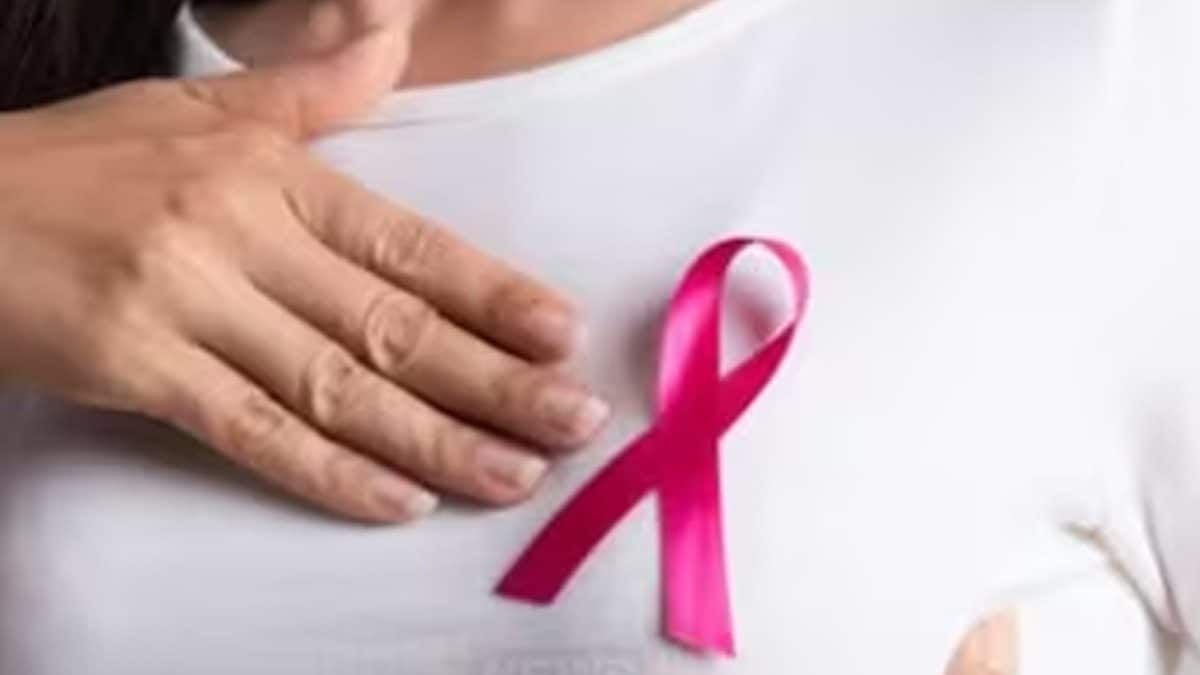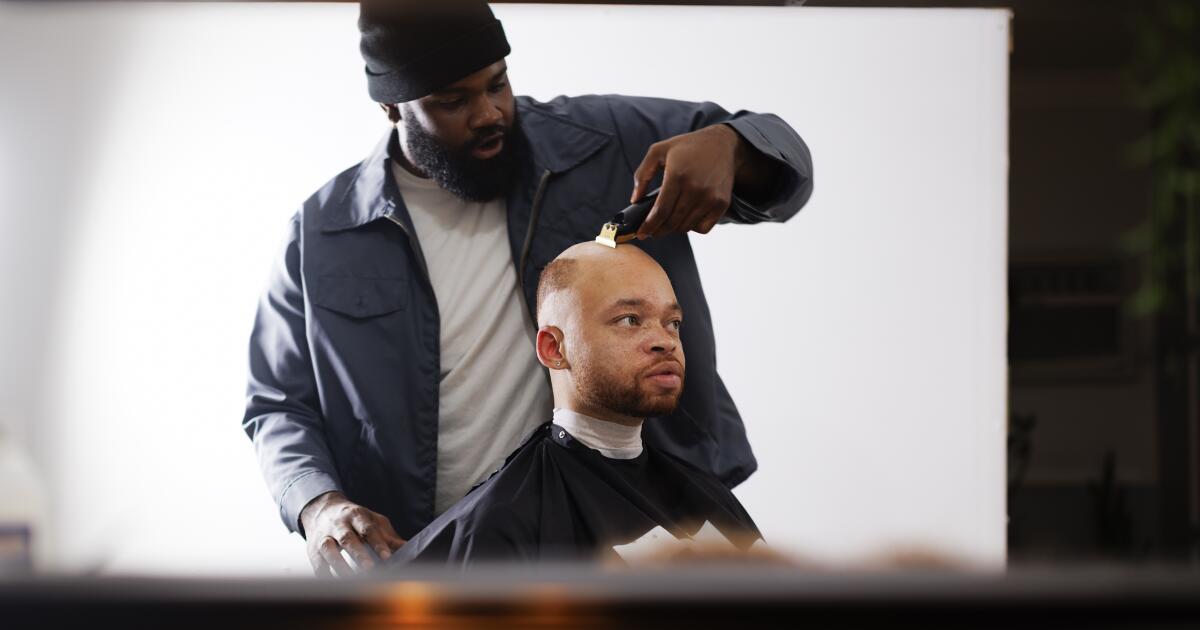Remember that most breast lumps are benign, but it is essential not to ignore any changes in your breasts.
Dr Manisha Tomar, Consultant, Obstetrician and Gynecologist, Motherhood Hospitals, Noida, explains when a woman should worry about a lump in the breast area.
A breast lump may feel different for each person, but it is commonly described as a distinct mass or thickening within the breast tissue that feels different from the surrounding area. It may feel like a small, firm or rubbery lump that is mobile or immovable, depending on its nature. Sometimes it may be tender or painful to the touch, but not always. There may be a change in the nipple, such as the nipple turning inward or discharge or bleeding. It is essential to keep in mind that not all breast lumps are cancerous; many are benign, such as cysts or fibroadenomas. However, any new lump or change in your breast should be evaluated by a health care professional to determine its cause and appropriate management.
Keep in mind that a lump that appears in your breast while breastfeeding may be a sign that your milk supply is blocked or milk flow is blocked. If this situation does not disappear after a few days, you should consult your doctor.
Let's delve deeper into the various factors to consider when assessing the severity of a breast lump.
- New lump or massIf you notice a new lump or mass in your breast, it is essential to have it evaluated by a healthcare professional. While many breast lumps are benign (non-cancerous), it is essential to rule out any worrying problems.
- persistent lumpIf a breast lump persists for more than a few weeks, it is cause for concern. Most benign breast lumps will fluctuate with your menstrual cycle and may resolve on their own. However, if a lump remains unchanged or continues to grow, it warrants further evaluation.
- Changes in size or shape.Any change in the size or shape of a breast lump should be taken seriously. This includes changes in texture or any associated changes in the skin, such as dimpling, wrinkles, or redness.
- painful lumpAlthough many benign breast lumps are not painful, the presence of pain does not rule out the possibility of breast cancer. If you have a painful lump in your breast, it is essential to have it evaluated by a healthcare professional.
- Family historyIf you have a family history of breast cancer or other risk factors, such as a personal history of breast cancer or genetic mutations (e.g., BRCA1 or BRCA2), any new lump in your breast should be evaluated immediately.
- Nipple dischargeIf you notice nipple discharge (other than breast milk if you are breastfeeding) or any other changes in your nipples, it is essential to be evaluated by a healthcare provider.
- AgeWhile breast cancer can occur at any age, the risk increases with age. Women over 40 should be especially vigilant about breast health and report any concerning changes to their healthcare provider.
- Diagnostic testsIf you have a breast lump that concerns you, your healthcare provider may recommend further evaluation, which may include imaging tests such as mammography, ultrasound, or MRI, as well as a biopsy to obtain a tissue sample for analysis. Remember that most breast lumps are benign, but it is essential not to ignore any breast changes. Early detection and timely evaluation are key to effectively diagnosing and treating breast cancer. If you notice any concerning changes in your breasts, do not hesitate to contact your healthcare provider for evaluation and guidance.












